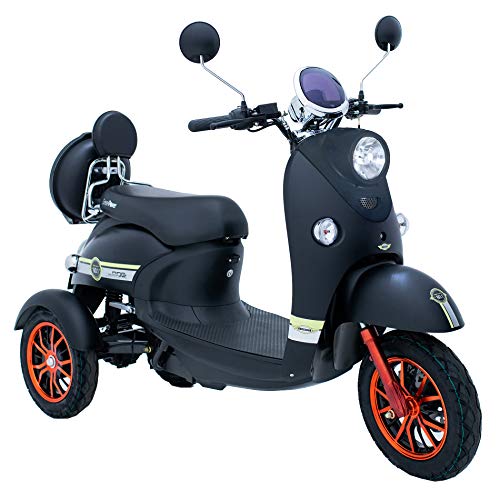What Is Personal Transportation?
Private transportation is the private use of private transport vehicles. This can include bicycles, cars scooters, unicycles, and even scooters. It could also refer to the use of public transportation systems.

Private transport can save you time and allow you to get to your destination. Plus, it's more comfortable and offers the privacy that is not available on public transport.
Cost
Many families discover that the cost of personal transport is a major burden. It can make it difficult to save money or invest in other areas of their lives. Fuel can be an expensive expense. The good news is that there are options to lower your costs for transportation by taking public transportation or carpooling.
Despite all these advantages there are still many who prefer private transportation to commute. They consider it to be the most comfortable and convenient method of moving around. They can even opt to have their own chauffeur for their trips. The cost of this type of transport is typically more expensive than public transportation, but it can provide greater peace of mind and security.
In the future, personal transportation will likely be more electric because EVs make use of advancements in battery technology and charging infrastructure. Additionally, EVs will have lower emissions than traditional vehicles and are more accessible. This will allow a lot of people to switch from gasoline vehicles to EVs which will reduce GHG emissions and traffic congestion.
our source has numerous advantages and can be a great alternative to private transportation. Mass transit is more affordable and eco-friendly than private vehicles. Moreover, it provides lots of convenience and is usually equipped with security cameras to ensure the security of passengers. It also helps passengers avoid parking charges and maintenance. The main downside of public transport is that it can sometimes be unreliable and slow. Traveling with children or the elderly can be a challenge. This can lead to delays and result in a missed medical appointment.
Time is a factor.
The time it takes to complete a personal transport task can have a significant impact on the lives of people. For instance, commuting to work often takes too much time for those who have a busy schedule. Carpooling, working at home or near their work can help reduce the amount of time they spend on commuting. You can also save time if you walk or ride on a bicycle instead of driving.
The advancement of new technologies can potentially transform the field of personal transportation. These include electric vehicles with solid-state batteries that permit longer ranges and faster charging times. These technologies also enhance safety and lower traffic congestion through optimized traffic management. Autonomous vehicles are a further advancement that will make traveling more convenient and comfortable. They can even help people stay in shape by keeping them moving.
Privacy
Privacy is an important aspect of personal travel. People who value privacy prefer to drive or ride in their own vehicles, instead of using public transportation where they share space with strangers. Moreover public transportation is often perceived as less safe than private transportation and can impact the safety of passengers. This can be especially the case for older people who are more susceptible to security concerns.
The lack of privacy could be a major problem for those who travel with children. Sharing the same space as other passengers can be stressful for children and can result in behavioral issues such as aggression and hyperactivity. Parents are increasingly choosing private transportation to ensure their children's privacy. This will also lessen the stress of travelling with children, as well as the amount of time spent commuting. This will help you reduce the cost of childcare.
Convenience
Personal transportation is an integral aspect of daily life. However the decision you make could affect your health and well-being. It is crucial to think about the pros and cons of each option before deciding on the method of travel best fits your requirements.
Some people prefer public transit which is typically less expensive than private transportation and requires less maintenance. In addition it has a lesser environmental impact because it does not emit as much carbon dioxide per passenger. It can also save you the expense of fuel and parking, as well as allowing you more convenience and flexibility in your daily commute.
However, public transport can be not reliable, and there are some risks associated with it. In some cases you could be subject to criminals or not be able to reach your destination in time due to weather or mechanical issues. Numerous train and bus routes are crowded and make it difficult to move around.
On the other the other hand private transportation is a great option to travel in comfort and privacy. Private transportation is quicker than public transportation and you are able to avoid crowds when you travel in a private car. It's also more efficient than driving a car, as it allows you to choose your own route and stop.
Despite all of these advantages however, the majority of people choose to use cars as their primary mode of transport. It could be because they're more comfortable or have a higher value. In the near future we can anticipate a major change in personal transportation, as electric vehicles (EVs) become cheaper and easier to charge.
Researchers from MIT conducted a study to determine what factors influence peoples' choice of modal options. They found that while safety is a major factor however, it does not play a significant role in determining modal choice. In reality the most important factors are availability, speed, and cost. This is consistent with previous studies of the various modes of transportation and is likely to remain in the foreseeable future. Similarly, a new battery technology, that uses solid state batteries, could further boost the efficiency of EVs, allowing them to travel further with the same amount of power.
